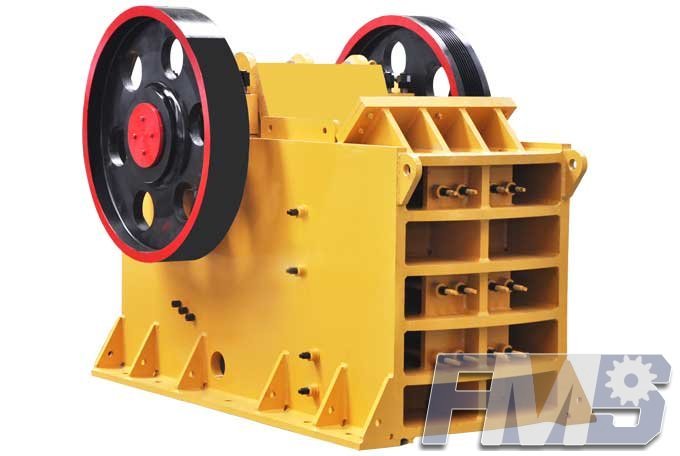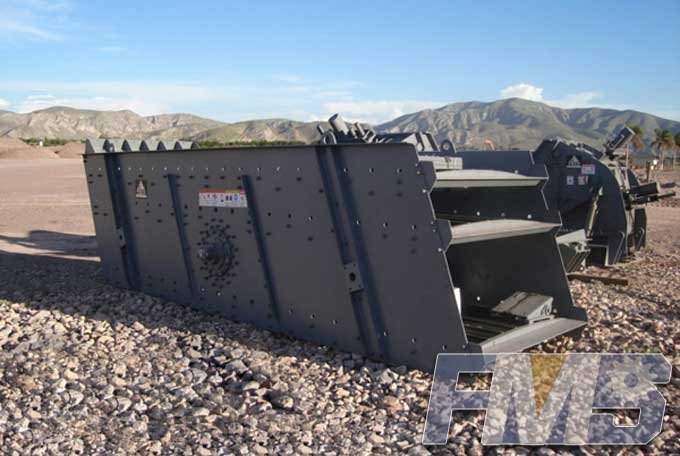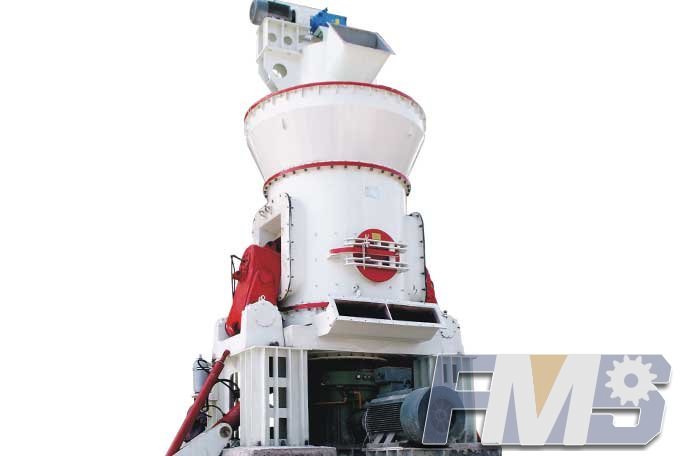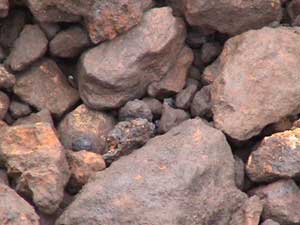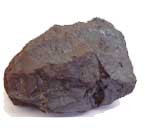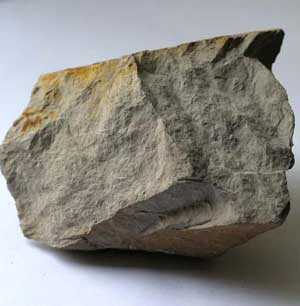Selection of type and size of mill for Ultrafine Grinding
In most industries size reduction falls into two general categories: crushing and milling. Crushing typically means reducing large chunks to sizes about ½ in. to ¾ in. in diameter or smaller. Milling usually means reducing material to sizes in the low micron or even nano-size range. Crushing mostly is done dry while attrition milling may be done wet or dry.
The selection of type and size of mill for an ultrafine grinding application has to start with a thorough understanding of the duty. A mill is not there to provide a product of a particular size specification, but to provide a product with the desired liberation characteristics. To amplify on this statement, different mill characteristics and operating conditions will affect the type of comminution that takes place in a mill and will vary the balance between the fracture, attrition, and abrasion components. This in turn affects the size distribution, liberation, and surface characteristics of the product. It is important to consider these points when developing pilot-plant flowsheets. It is not advisable to utilize a conveniently available mill for the generation of feed to a pilot concentrator plant. The mill product characteristics, and therefore the grade and recovery performance of the plant, are closely related to the type of mill used. It is important to at least stay within similar classes of mills. If different types of mills are to be considered, then due cognizance is required of the differences between the mill products and their effect on plant performance. At the very least, whole-size distributions should be compared and evaluated for their recovery characteristics.
Dry grind processing is ideal for products with particle size specifications of 2–3 microns average or larger. Dry grinding offers many potential cost savings. It can cut transportation costs because materials can be shipped without additional liquid weight. It also can reduce production costs and energy because there’s no need to remove liquid from the final product. In addition, dry grinding can eliminate costs associated with waste liquids’ disposal, which has become increasingly expensive due to stricter environmental regulations.
Get Detail Information:
(If you do not want to contact to our online customer service, please fill out the following form, Our client manager will contact you later. We will strictly protect your privacy.)


